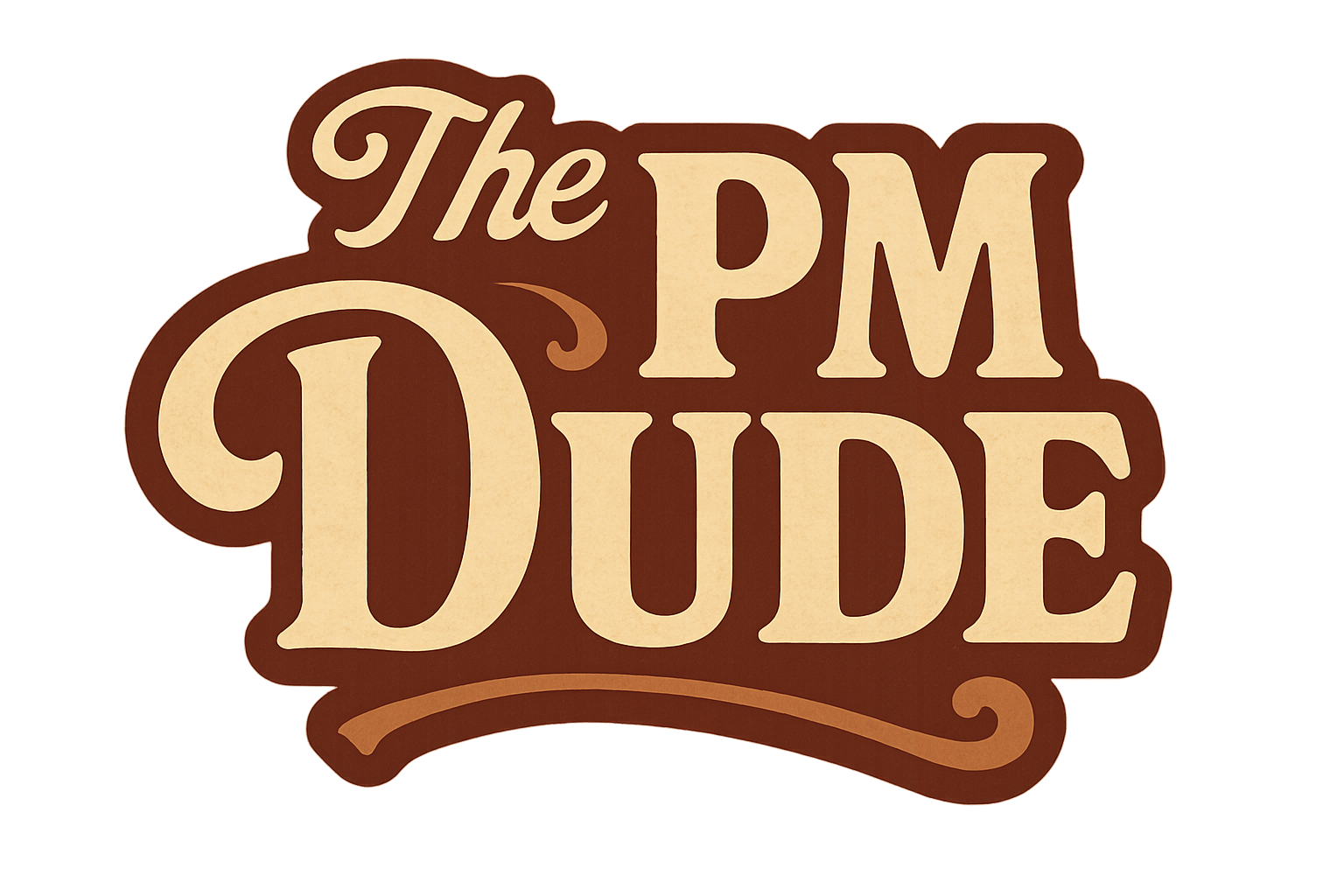Engineer to Order - a Primer

The Dude has long and deep experience with tech and the attendant business models that are employed, but it comes as a shock to himself when he was searching for something that he was sure he had already written on Engineer to Order businesses, he was further surprised that he didn’t have anything already in his portfolio.
Time to rectify that.
Engineer to Order - What is it?
Imagine you are the US Navy. You need a new Battleship (or a weapons system,) something that isn’t a catalog item. Something that meets a specific need. Something that you can’t live without.
How do you get this?
You don’t go to Newport News shipbuilders like they are a Bridal shop and look through their catalog of ship styles they can build for you like you would a wedding dress.
No, you go to a ship builder, and you negotiate a contract to build a ship (weapons system, whatever) and spend a lot of time defining the requirements up front.
Once you push the “go” button (a.k.a. submit the order) the design, procurement, and building begins.
The trouble with this…
The problem is that up front it is well-neigh impossible to accurately define the costs up front. There is an amazing amount of uncertainty when you are specifying 3” thick hardened steel armor and 16” gun turrets when you are drafting the blueprints. But the customer sets the specifications, and you design and build to those specs.
How does this get handled?
Well, one way of thinking about this is to just over estimate the costs up front. Ensure that there is ample “padding” in the quote/contract to cover it. The plus is if you can control costs, you can pocket the padding and make bank. But if you estimate wrong, you take a bath, and likely face insolvency, as Uncle Sam isn’t likely to bail you out for your mistake.
This means that for a standard contract, the supplier will try to ensure that the total contract value is much greater than their estimates. But that also means that we waste tax dollars for sandbagging defense contractors, something that get Congress Critters’ hackles up.
What’s a good Defense Contractor to do?
Enter the “Cost Plus” contracts.
The Contractor(s) (plural because there are usually 2 or more that are required to bid) make a best estimate to be accurate on the costs to build, and then a reasonable “profit” on top of that. The profit is the “plus” part of the contract.
Why this is popular? It is simple. The value of the contract to the company, the “net profit” is defined up front in the T’s and C’s. If there are overruns, the government picks up the tab.
Now you can understand why the F35 program is off the rails. It was a cost plus program, with the government promising to top up the deficits in the costing.
Isn’t this ripe for abuse?
Sure it is. Just read about the shit-show that is the F35 program, or any of the new Naval ship programs. Multiple contractors and subcontractors, spread across the nation, with influence on every congress critter, all working to keep the sweet government money flowing in, and watching all the said Congress Critters continue to climb over themselves to promote the need of the program.
Why is this important?
Some businesses start by trying to be everything to every customer. Often they start with a single customer, one who really makes or breaks them. Think some specific use case Enterprise software, and you get the idea. If you are a 5 man shop, and you snag a mega-corp, they can buy enough from you that you will do whatever they want.
The problem occurs when you get your second customer. Are their needs close enough to the original customer that they can use the solution as is?
Usually not. And therein likes the crux. Do you step back, and rebuild your software to be flexible enough to handle the new use case, as well as the original use case, or, do you take the easy way, and customize the solution for client B as well.
What happens with Client C when the sales team lands them with promises of un-scoped changes?
Once you begin down the path of deep customizations for each client, you are on the path to sales led organization, in partnership with engineering. Suddenly, you have the GM version, and the Bank of New York version, and … you get the idea.
If this is your business model, great. You can make a quite profitable business filling niches like this, but you will find that it has upper limits on growth. You can get to a certain scale, but you will find it difficult to continue growth.
Defense contractors operate in this mode, and because they have a deep pocketed client (the US Government) it can be very lucrative. Private industry? They want value and certainty in their procurement, so open ended - cost plus - contracts are rare.
What does this mean for me as a Product Manager
First, if your organization seems like a sales led organization (think of the analogy that sales is a taxi driver, looking for the next fare, regardless of where it might be, coupled with an engineering team and leadership that can’t say ‘NO’) you are in a tough spot. You will be handed specs, and be expected to convert them into actionable build plans.
In short, your job is reduced to being a program and project manager. A shitty existence.
Enter the Hybrid
Ever have a customer say they want to buy your product, but it needs to do (Insert capability)? Then sales comes to you with a simple request, and a “special” is born.
You get the order, and the customer is happy. But, you have trained sales to sell your product in a use case that isn’t a natural fit. Sure it works, but you have:
- Created a one-off version. Sure, sales will tell you that there are shedloads of customers asking for this (In the words of Maury Povich: “That’s a Lie”)
- Increased stress on your support team. Now they have to handle queries by one off customers, and be prepared for it. This is less a problem if you are a tiny engineering firm and your engineering team handles the support.
- Reinforced Sales in their quest to close the deal, regardless of whether it is good business or not.
But, as your company grows, you will find it is addicting to senior leadership to get these sugar rushes of revenue for deals that shouldn’t be happening. This reinforces the sales behaviors, and leads to your product management team drinking too much. Or quitting. Or quitting and ragging on the business practice on Glassdoor, and making it impossible to acquire talent.
Defense contractors and big consultancies operate in this space for a reason, and that reason is that it can be very lucrative if you negotiate the terms up front in your favor. As a small company, a few lost orders away from insolvency, you are playing Russian roulette with 5 bullets.
Summary
'Cost plus' programs are best for government and major projects. They require a very different business model, and a lot of program/project management, and a lot less (or none of) product management.
Likewise major projects sold by the large consultancies (think McKinsey, or BCG). They have armies of back end developers, some core frameworks, and legions of project managers who constantly run the numbers, manage supply chains, and assume the risk for the end customer. All for a very hefty fee.
Very few of us in product management, and in tech or related companies operate in this manner. It is best to fight against it.
If when you start a company, and want to be in the engineer to order business, make sure you price it accordingly, don’t skimp on program and project management talent (note: not product management) and realize that your business can ver very profitable, but explosive growth is highly unlikely. You can make a very good living in this space, as long as that meets your needs, then go for it.
Just go into it with your eyes open.
NB: The Dude picked GM and Bank of New York for illustrative purposes as large enterprises who would have unique needs. There is no ulterior motive in this selection
NB II: If you want to see how absurd this model can be, do a bit of reading on the F35 project.




